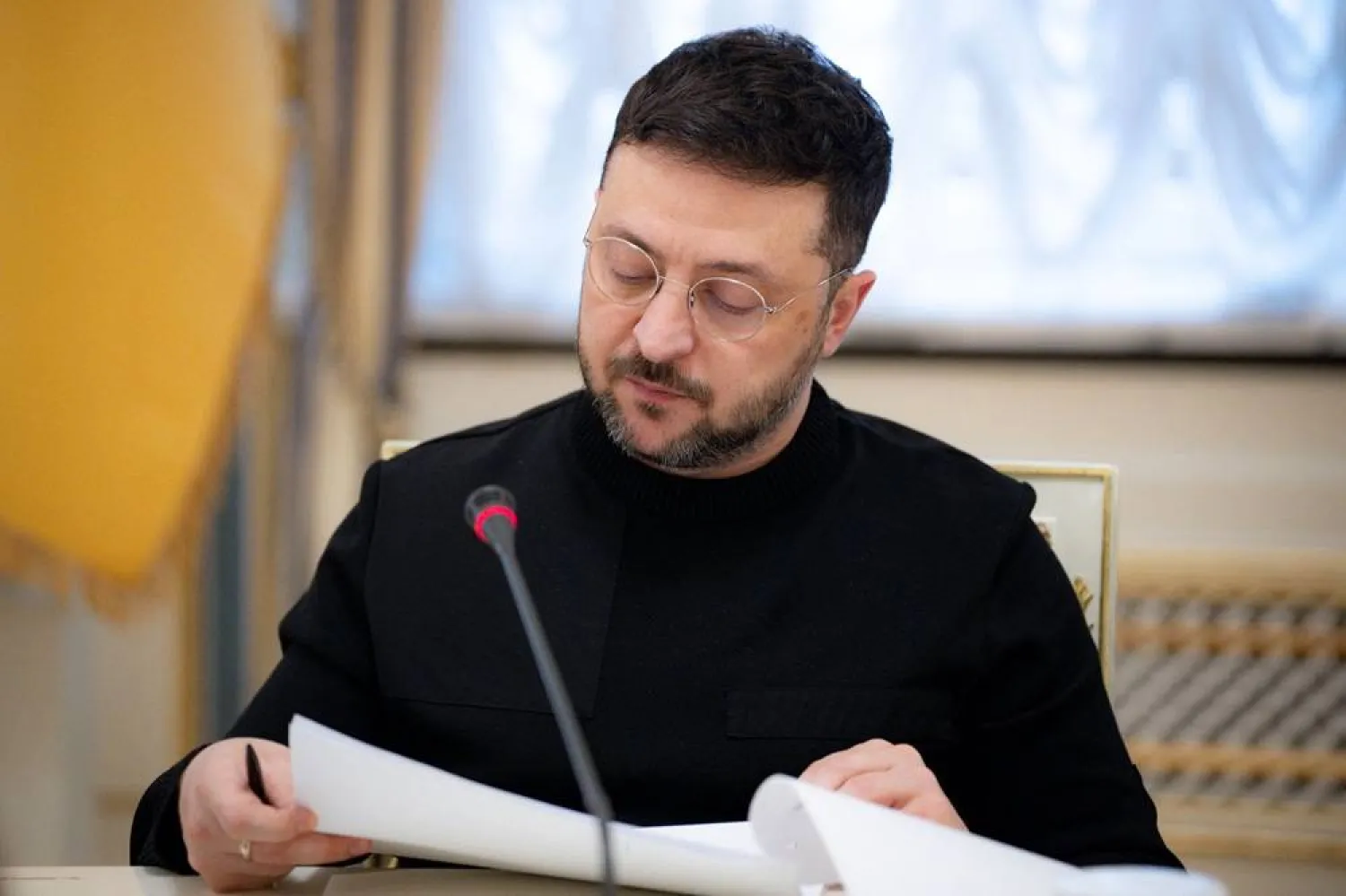Iran on Saturday announced a new air defense system as US experts warned that Tehran’s arms industry is growing rapidly, turning the country into an emerging global arms supplier.
Iran unveiled new weaponry on Saturday including what it said was the locally made Arman anti-ballistic missile system and the Azarakhsh low-altitude air defense system, the official IRNA news agency reported.
The announcement came amid heightened tensions in the region, with Yemen’s Iran-backed Houthi militants carrying out a string of attacks on vessels linked to the US, UK and Israel in the Red Sea in a show of solidarity with the Gaza Strip.
Saturday’s unveiling ceremony of the two vehicle-mounted systems took place in the presence of Iranian Defense Minister Brigadier General Mohammad Reza Ashtiani.
“With the entry of new systems into the country's defense network, the air defense capability of Iran will increase significantly,” IRNA said.
It said the Arman missile system “can simultaneously confront six targets at a distance of 120 to 180 km”, while the Azarakhsh missile system “can identify and destroy targets... up to a range of 50 km with four ready-to-fire missiles.”
In June Iran presented what officials described as its first domestically made hypersonic ballistic missile, named Fattah, with a range of 1,400 km.
Iran Exaggerating?
Although Western experts fear Iran’s missile program, particularly its long-range ballistic missiles, they believe that Tehran often exaggerates its weapon capabilities.
But The Wall Street Journal said on Saturday that Iran’s arms industry is growing rapidly, turning the country into a large-scale exporter of low-cost, high-tech weapons whose clients are vexing the US and its partners in the Middle East, Ukraine and beyond.
It said the transformation of the industry, accelerated by Russia’s 2022 purchase of thousands of drones that altered the battlefield in Ukraine, has helped Tehran scale up its support of militia allies in Middle East conflicts that have intensified alongside Iran’s war with Hamas in Gaza.
“By exporting these technologies and proving their efficacy in battle, Iran has likely changed the nature of asymmetric warfare forever, potentially giving substantial leverage to previously disadvantaged nonstate actors,” Adam Rousselle, a researcher at the Militant Wire, a network of experts that examines weapons used by nonstate actors, told the newspaper.
Citing US officials, The Wall Street Journal writes that one of Iran’s most significant arms exports is the suicide drones, Shahed, exemplified by their use in the January 28 attack by an Iraqi paramilitary group that killed three US soldiers in Jordan.
On February 15, the United States announced that on the same day, the US Coast Guard seized over 200 weapon shipments originating from Iran for Yemen's Houthi rebels, which have attacked commercial ships in the Red Sea and have upended global shipping.
Should the West Worry?
Although Tehran’s arms industry is growing rapidly, it remains unclear whether the West should really be concerned about Iran's missile capabilities.
Iranian officials have repeatedly stated that the country’s military capabilities have increased in frequency since the Gaza crisis erupted, giving the impression that it is part of a propaganda policy.
On February 12, the Iranian Revolution Guards Corps (IRGC) said it had successfully fired a long-range ballistic missile from one of its cruisers, for the first time.
IRGC's Chief Commander Hossein Salami said, “Our ocean cruisers can be present in any part of the oceans and naturally, when we can fire missiles from them, there remains no safe spot for any power that would seek to cause us insecurity.”
On February 15, Iran's Aerospace Force Commander Brig. Gen. Amir Ali Hajizadeh repeated the same threats, stating that Tehran-made stealth drones are capable of targeting any moving vessel within any range.
The Iranian state television then explained that the missiles, which have a claimed range of at least 1,700km, were reportedly launched from somewhere in the Sea of Oman and hit targets in a desert in central Iran.









